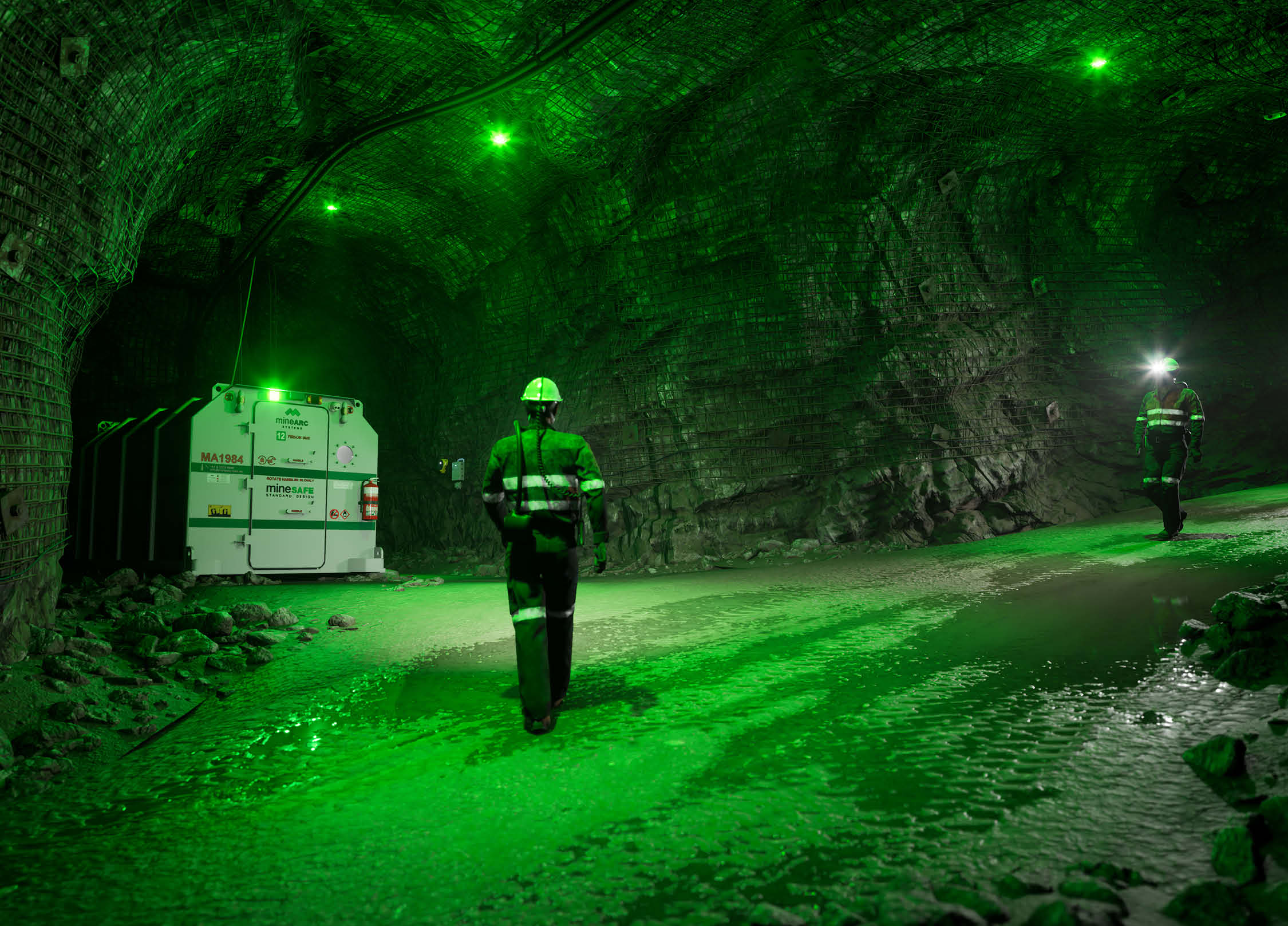The risk of harmful ammonia exposure to humans can occur during professional or personal use. Widely used in agricultural, manufacturing and refrigeration, ammonia can become a severe hazard if accidental release, leaks, or transportation incidents occur. Knowing what anhydrous ammonia is, as well as its health and safety risks, is critical.
What is Ammonia?
Ammonia is colourless, acrid smelling, high water-soluble gas at room temperature, also referred to as anhydrous (“without water”) ammonia. It is a clear, colourless liquid under pressure.
CAS Number: 7664-41-7
Chemical Compound: NH3
Other names: Anhydrous ammonia, Liquid ammonia, Nitro-Sil, AM-Fol
Chemical Properties
Molecular weight: 17.03
Boiling point: -33.35°C
Melting point: -77.7°C
Vapour pressure(25.7°C) 10 bar
Odour detection level 5 to 53 ppm
How Ammonia is Used
Ammonia occurs naturally in the environment and is a commonly used industrial chemical. Applications of its use range from manufacturing (production of plastics, fibres, and other chemicals), agriculture (as a fertiliser), and consumer-related (food additive, cleaning agent, or refrigerant).
Safety Hazards of Anhydrous Ammonia
Ammonia hazards can occur during manufacture, use, and transportation. Exposure to ammonia occurs as a result of accidents during transport, accidental releases at manufacturing facilities, and farming accidents. An in-depth emergency response plan and ongoing training are necessary to mitigate the risk of a crisis.
In ambient conditions, ammonia forms a toxic gas. In liquid form, risks of exposure increase if under pressure, as large quantities have the potential to rapidly release into the air. For example, liquefied ammonia has an expansion ratio of approximately 850 to 1.
Though most facilities are designed to minimise the risk of an ammonia release through appropriate storage and handling, accidental releases and leaks are possible. Monitoring equipment should be in place to detect signs of gas leaks and prompt appropriate action.
When transporting ammonia by road or rail, additional safety precautions are required as it is classified under the Australian Dangerous Goods Code (ADG Code).
Ammonia is fatal to humans in large concentrations; lower levels of exposure can result in significant damage to the skin, oral cavity, and respiratory system. The main paths of ammonia exposure are through inhalation, skin and eye contact.
Ammonia has an alkaline corrosiveness and exothermic properties; when concentrated, it erodes tissue upon contact. As a gas, ammonia irritates and burns the skin, eyes, and respiratory tract. Liquified gas can cause the skin to freeze, as well as permanent damage or blindness to the eyes.
Inhalation of ammonia can cause severe irritation of the nose and throat, and life-threatening accumulation of fluid in the lungs (pulmonary oedema). Symptoms may include coughing, shortness of breath, difficult breathing and tightness in the chest. Symptoms may develop hours after exposure and are made worse by physical effort.
Chronic exposure may harm the respiratory system; coincidently, long-term damage may result from severe short-term exposure.
The eight-hour Time-Weighted Average (TWA) concentration of ammonia is currently 25ppm, causing irritation to workers.
Table 2: Occupational Health & Safety Standards
| Limit |
8 hr TWA | 25 ppm (17 mg/m3) |
15 min STEL | 35 ppm (24 mg/m3) |
PEAK | no data available |
Acute toxicity: Oral LD50 (rat) | 350 mg/kg |
Acute Toxicity: Inhalation LC50 (rat) | 2000 ppm/4hr |
Acute Toxicity: Inhalation LD50 (rat) | 7,338 – 11,590 ppm at 1 hour |
Short term exposure limit (STEL)
Acute Exposure Guideline Levels (AEGLs) for high-priority, acutely toxic chemicals, represent threshold exposure limits for the general public and are applicable to emergency exposure periods ranging from 10 minutes (min) to 8 hours (h).
Each level expresses the airborne concentration (ppm or mg/m3) of a substance across five exposure periods (10 min, 30 min, 1 h, 4 h, and 8 h). They are distinguished by varying degrees of severity of toxic effects.
In summary, the AEGL levels demonstrate the potential health experiences of the general population for the airborne concentration of a substance:
- AEGL-1: Notable discomfort, irritation, or certain asymptomatic non-sensory effects. However, the effects are not disabling and are transient and reversible upon cessation of exposure.
- AEGL-2: Irreversible or other serious, long-lasting adverse health effects or an impaired ability to escape.
- AEGL-3: Life-threatening health effects or death.
- Below AEGL-1: Mild and progressively increasing but temporary and non-disabling odour, taste, and sensory irritation or certain asymptomatic non-sensory effects.
Ammonia Results – AEGL Program
| 10 min | 30 min | 60 min | 4 hr | 8 hr |
AEGL 1 | 30 ppm | 30 ppm | 30 ppm | 30 ppm | 30 ppm |
AEGL 2 | 220 ppm | 220 ppm | 160 ppm | 110 ppm | 110 ppm |
AEGL 3 | 2,700 ppm | 1,600 ppm | 1,100 ppm | 550 ppm | 390 ppm |
Source: Environment Protection Agency: https://www.epa.gov/aegl/ammonia-results-aegl-program
Is Ammonia Flammable?
Ammonia is generally regarded as non-flammable. However, in high concentrations and certain atmospheric conditions, it is a fire and explosion hazard. Fire will produce irritating, corrosive, and toxic gases.
It can also decompose at high temperatures forming hydrogen gas.
Anhydrous Ammonia Release Safety Precautions
Ammonia use is widespread, from commercial to residential applications. The frequency and commonality of ammonia increase the risk of accidental release.
In 2018, the American Association of Poison Control Centres reported over 4,500 cases of ammonia exposure. Petrochemical companies working with ammonia and anhydrous ammonia must be aware of the risk of an accidental release and toxicity.
Industrial accidents involving ammonia can result from several scenarios, including overpressure, seal leaks, and loss of container integrity. The dangers of these incidents do not only impact on-site personnel but increase the risk of collateral damage to product contamination and interruptions to procedures, with the additional risk of adverse off-site consequences to surrounding communities.
A 2017 study analysed the behaviour of a catastrophic release of Toxic Inhalation Hazard (TIH) materials, specifically ammonia and chlorine. Notable differences in the plumes movements in varied conditions are being used to aid the development of emergency planning and response, including evacuation and shelter-in-place. 2
How long for ammonia gas to dissipate? The duration and behaviour of a chemical plume are dependent on many factors. These include the volume released, ambient temperature, time of day, relative humidity, wind direction and speed, terrain, natural and urban barriers and environmental absorption factors such as dense and sparse foliage.
When liquid anhydrous ammonia is released into the atmosphere from its pressurised container it expands rapidly. A large vapour cloud will form travelling close to the ground. As the chemical plume behaves as if it is heavier-than-air, the risk of exposure to humans is greater compared to some other gases.
CCTV footage from a 2007 anhydrous ammonia gas release, in Seward, Illinois. The accidental chemical release was caused by a ruptured hose during a transfer of the product between a storage tank and a tanker vehicle. The release was reported to be up to 18,000 kilograms.
References
- http://hcis.safeworkaustralia.gov.au/
- https://www.ccohs.ca/
- https://www.cdc.gov/
- https://echa.europa.eu/registration-dossier/-/registered-dossier/15557
- https://www.ncbi.nlm.nih.gov/books/NBK207883/
- https://www.epa.gov/sites/production/files/2014-11/documents/ammonia_final_volume6_2007.pdf
- https://edap.epa.gov/public/extensions/TRISearchPlus/TRISearchPlus.html#
- The National Institute for Occupational Safety and Health (NIOSH) – Emergency Response Safety and Health Database – https://www.cdc.gov/niosh/ershdb/emergencyresponsecard_29750013.html#:~:text=Ammonia%20is%20flammable.,dry%20chemical%20or%20carbon%20dioxide.






